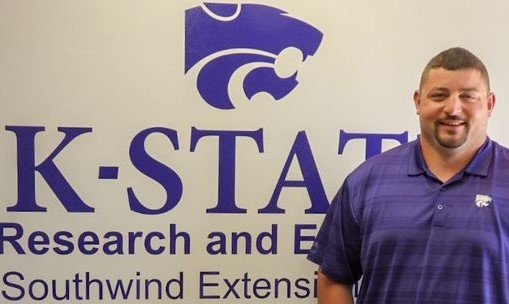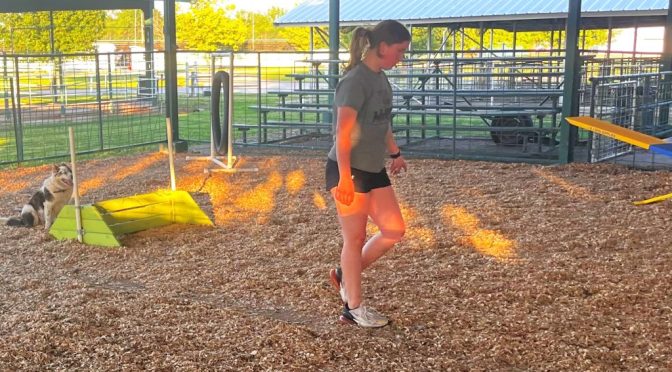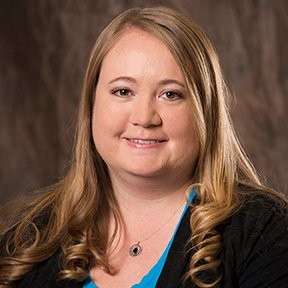Starlite FCE held its June meeting at the Presbyterian Village Community Room. Twelve members and five guests were in attendance. President Glenda Miller opened the meeting with the Pledge of Allegiance and led the group in the Club Collect. The members reported that they had volunteered thirty hours and had recycled one hundred and ninety pounds.
Donna Strickland shared with the club the replicas of the flags that have flown over the United States which she had made. Glenda Miller presented the history of each flag while Taylor Bailey displayed them.
Glenda also recognized Birthdays for June and July, which were Joyce Allen, Doris Ericson, Betty Johnson Bernita Hill and Jackie Warren. The minutes of the previous meeting were read and approved. Doris Ericson presented the Treasurer’s report, Deb Lust moved we accept the Treasurer’s report, Claudia Wheeler seconded, motion carried. Glenda reminded the Club that the State Meeting will be October 7-9 in Chanute this year.
Karen Peery passed out Operation Christmas Child boxes and Glenda handed out a list of items that can be placed in the boxes. We will be collecting the boxes at our October meeting.
Glenda also announced that she had placed a Tri-fold display at Hedge Hog Inc. about Flags, which is on display in their History Room. Plans for the Clubs entries in the Hay Bale and Scarecrow contest were discussed as well as sign-up sheets to help at the fair were passed around.
Joyce Allen moved the meeting be adjourned, Doris Ericson seconded the motion, meeting adjourned.
Glenda Miller presented the lesson on Citizenship after the meeting. She reminded us that one set of rules apply to all and that we the people make the rules through our elected officials. A good citizen takes action and votes. We must be informed to make a discission. She also informed us on proper flag etiquette then Myra Jowers and Deb Lust preformed the Flag folding ceremony
Refreshments of Red White and Blue Pie, Fruit Pizza, nuts, chocolates and water were provided by Letha Johnson and LeAnna Taylor and enjoyed by all.
Prepared by
Terri Williams













